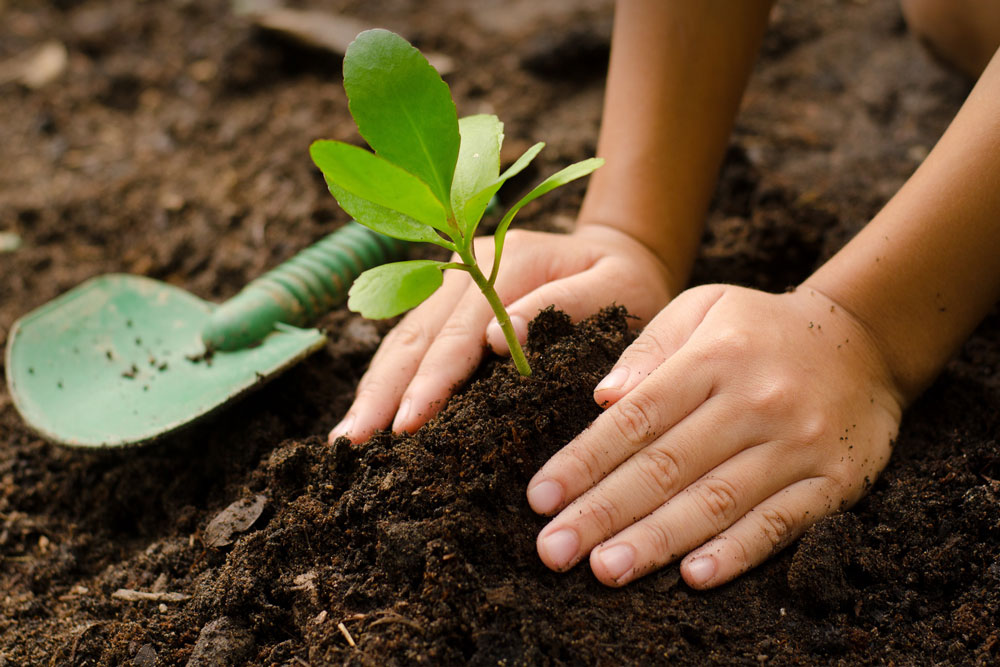TREE PLANTATIONS
Notice: Test mode is enabled. While in test mode no live donations are processed.
Drought is a natural phenomenon in which levels of rainfall or other types of precipitation are lower than average for an extended period of time, resulting in inadequate water supply. Understanding drought and its impact on people and the environment, however, must take into account differences in geographic regions, local demand for water, and other variables, such as a community’s ability to adapt to water shortages and state/local policies that regulate water supply (National Drought Mitigation Center 2006a). For instance, what is considered a significant amount of annual rainfall in the Southwest could be considered drought in the northwestern United States. Although many aspects and implications of drought have been well researched in the literature, the Centers for Disease Control and Prevention (CDC) recognizes that there is much to be learned about drought as it affects the health of the U.S. public. Recently, CDC’s National Center for Environmental Health (NCEH) conducted an extensive search and review of existing drought-related guidance, literature, and information. NCEH found that, although some limited data on drought exist as it pertains to public health, no consolidated scientific evidence or guidance is currently available to help public health officials and practitioners prepare for or respond to drought at the local, state, or national level. As a result, public health experts working at all levels have been operating with only limited guidance about drought preparedness and response and a less than optimal understanding about how water shortages can affect the health of their communities. This publication is intended to assist public health officials, practitioners, and other stakeholders in their efforts to first understand and then prepare for drought in their communities. It provides information about how drought affects public health, recommends steps that can be taken to help mitigate the health effects of drought when preparing for or responding to drought conditions, identifies future needs for research and other drought related activities, and provides a list of helpful resources and tools.

